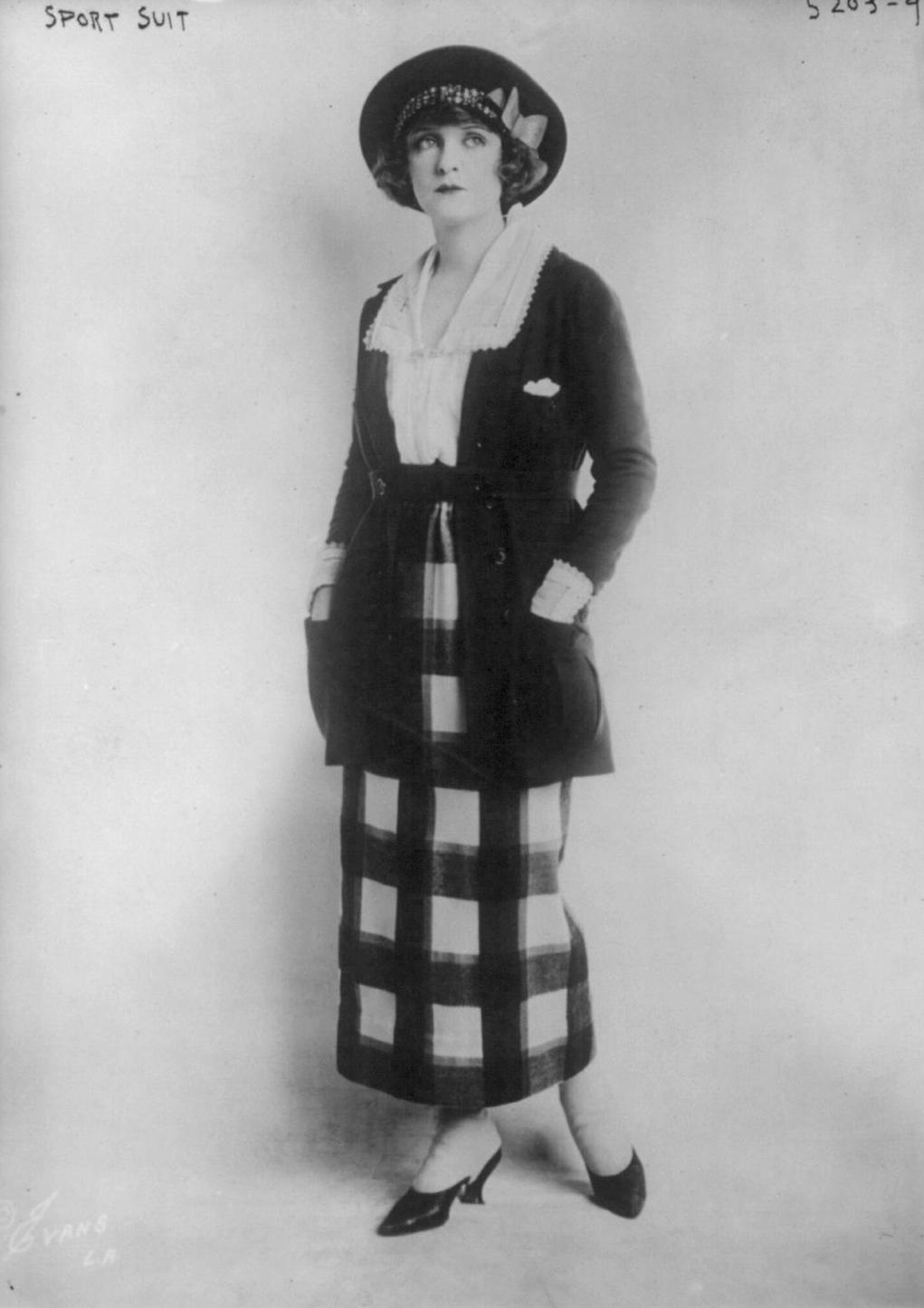|
Cheviot (cloth)
Cheviot, woolen fabric made originally from the wool of Cheviot sheep and now also made from other types of wool or from blends of wool and man-made fibers in plain or various twill weaves. The cheviot sheep originate on the border of England and Scotland, and their name is derived from Cheviot Hills, a range of hills in north Northumberland and the Scottish Borders. Cheviot wool possesses good spinning qualities, since the fiber is fine, soft, and pliable. It has a crispness of texture similar to serge but is slightly rougher and heavier. Cheviot fabric may be produced either from woolen or worsted yarns according to the character, texture, and feel desired in the finished fabric. Some qualities are produced from crossbred worsted yarns adapted for furnishing crispness. The wool is known for its resilience and durability, often used for socks, sweaters, blankets, and jackets. In addition, Cheviot cloth value ranges in GDP is £0.97, and the competitors offer is £0.55. Cheviot sui ... [...More Info...] [...Related Items...] OR: [Wikipedia] [Google] [Baidu] |
Wool
Wool is the textile fibre obtained from sheep and other mammals, especially goats, rabbits, and camelids. The term may also refer to inorganic materials, such as mineral wool and glass wool, that have properties similar to animal wool. As an animal fibre, wool consists of protein together with a small percentage of lipids. This makes it chemically quite distinct from cotton and other plant fibres, which are mainly cellulose. Characteristics Wool is produced by follicles which are small cells located in the skin. These follicles are located in the upper layer of the skin called the epidermis and push down into the second skin layer called the dermis as the wool fibers grow. Follicles can be classed as either primary or secondary follicles. Primary follicles produce three types of fiber: kemp, medullated fibers, and true wool fibers. Secondary follicles only produce true wool fibers. Medullated fibers share nearly identical characteristics to hair and are long but lack c ... [...More Info...] [...Related Items...] OR: [Wikipedia] [Google] [Baidu] |
Cheviot Sheep
The Cheviot is a breed of white-faced sheep which gets its name from a range of hills in north Northumberland and the Scottish Borders. It is still common in this area of the United Kingdom, but also in northwest Scotland, Wales, Ireland and the southwest of England (especially Dartmoor and Exmoor Exmoor is loosely defined as an area of hilly open moorland in west Somerset and north Devon in South West England. It is named after the River Exe, the source of which is situated in the centre of the area, two miles north-west of Simonsbath ...), as well as more rarely in Australia, New Zealand, Norway (2%), and the United States. The Cheviot is a dual-purpose breed, being raised primarily for its wool and meat. See also * Border Cheviot * Brecknock Hill Cheviot * North Country Cheviot * Western Hilly Cheviot * Wicklow Cheviot References External linksCheviot description as a rare breed in Australia [...More Info...] [...Related Items...] OR: [Wikipedia] [Google] [Baidu] |
Serge (fabric)
Serge is a type of twill textile, fabric that has diagonal lines or ridges on both sides, made with a two-up, two-down weaving, weave. The worsted variety is used in making military uniforms, suit (clothes), suits, great coats and trench coats. Its counterpart, silk serge, is used for linings. French serge is a softer, finer variety. The word is also used for a high-quality woven woolen fabric. Etymology The name is derived from Old French , itself from Latin , from Ancient Greek language, Greek (''sērikós''), meaning "silken". History The early association of silk serge, Greece, and France is shown by the discovery in Charlemagne's tomb of a piece of silk serge dyed with Byzantine Empire, Byzantine motifs, evidently a gift from the Byzantine Imperial Court in the 8th or 9th century AD. It also appears to refer to a form of silk twill produced in the early renaissance in or around Florence, used for clerical cassocks. A reference can be found in ''Don Quixote'':"I am m ... [...More Info...] [...Related Items...] OR: [Wikipedia] [Google] [Baidu] |
Sportswear (fashion)
Sportswear is an American fashion term originally used to describe separates, but which since the 1930s has come to be applied to day and evening fashions of varying degrees of formality that demonstrate a specific relaxed approach to their design, while remaining appropriate for a wide range of social occasions. The term is not necessarily synonymous with activewear, clothing designed specifically for participants in sporting pursuits. Although sports clothing was available from European haute couture houses and "sporty" garments were increasingly worn as everyday or informal wear, the early American sportswear designers were associated with ready-to-wear manufacturers. While most fashions in America in the early 20th century were directly copied from, or influenced heavily by Paris, American sportswear became a home-grown exception to this rule, and could be described as the American Look. Sportswear was designed to be easy to look after, with accessible fastenings that enabled ... [...More Info...] [...Related Items...] OR: [Wikipedia] [Google] [Baidu] |



